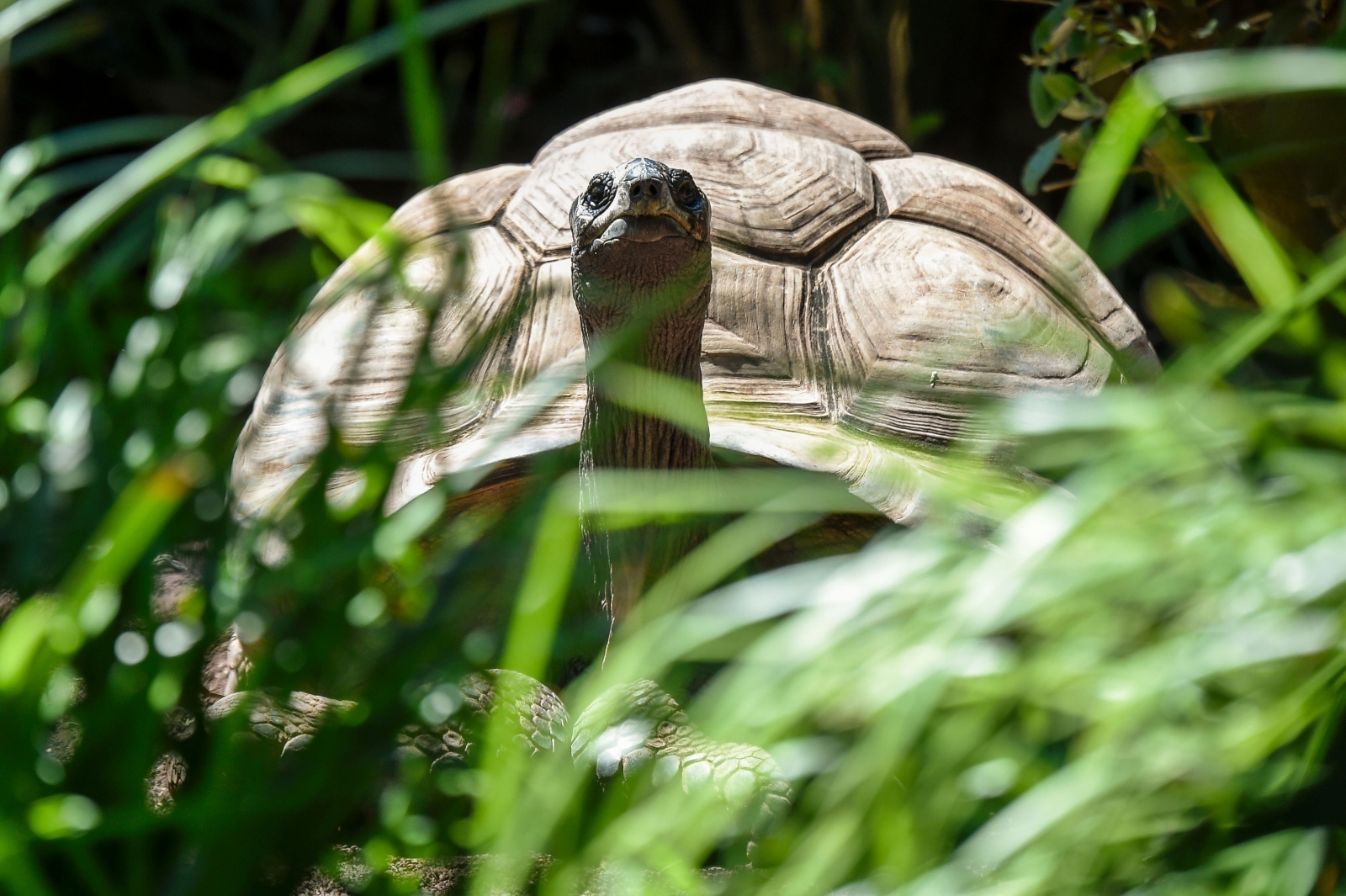Over 100,000-year-old fossils reveal 11-foot-long prehistoric crocodiles once hunted giant tortoises
Researchers recently found remains of an ancient tortoise shell with bite marks and the jaw of a prehistoric crocodile.



Newly discovered fossils from the Late Pleistocene period reveal that the massive, ancient crocodiles were big enough to tear the head right off of a giant tortoise that weighed around 550 pounds. The fossils, which date back to a period around 90,000 to 125,000 years ago, indicate that the massive tortoises that called the island of Aldabra Atoll home thousands of years ago, were once preyed upon by around 11-foot-long crocodiles.
The recently discovered fossils include the ancient remains of a tortoise shell with bite marks and a fossilised jawbone of a giant prehistoric crocodile. According to a team of international researchers who studied the fossils, the ancient crocodile would likely have been larger in size than others residing in the island on the Indian Ocean but were likely smaller than modern saltwater crocodiles, Phys.org reported.
The bite marks on the fossilised shell of the ancient tortoise hint at how it may have been hunted. Researchers believe that the crocodile either lay in wait for the tortoise to stretch its neck to get a drink of water, or that the predator left bite marks attempting to get to the remains hidden under the shell of an already-dead tortoise.
Fortunately for the giant Aldabra tortoises, the ancient predators no longer pose a threat to the species as they are considered to be extinct. Although there is no current estimate of the population of the giant tortoises, the species is believed to have recovered from near extinction after having been hunted by seafarers in the 18<sup>th and 19<sup>th centuries.
The new study has published in the journal Royal Society Open Science.






















